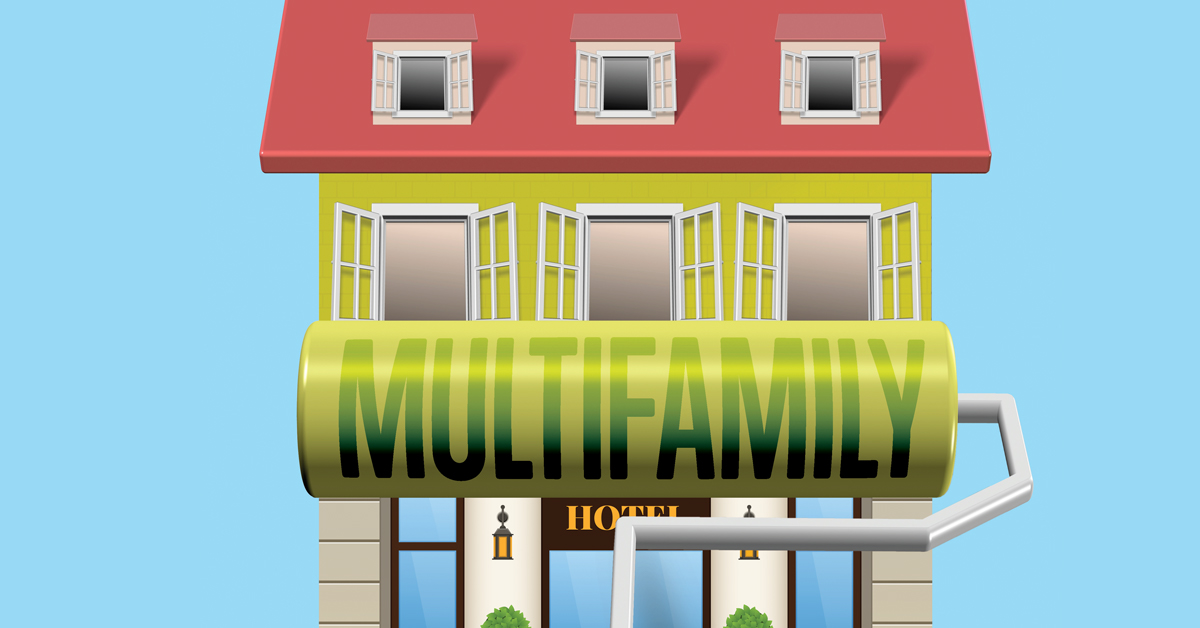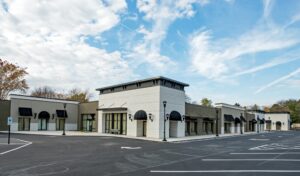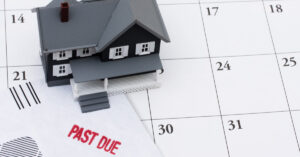While the world waits for a vaccine to effectively end the COVID-19 pandemic, the hospitality industry is scrambling to buy time. Since this past March, U.S. hotels have lost billions in room revenues. Although some hotels are banking on staycations while others are focusing on safety and sanitization to remain open, many will not survive.
What can be done with a growing inventory of failing hotels? One answer could be to convert these properties to a higher and better use — specifically, multifamily housing.
A June 2020 McKinsey & Company hotel-industry study suggests that recovery to pre-pandemic levels could take three years to achieve. For many hotel owners, that’s just too long to wait, and some will be forced to sell their properties at a steep discount or hand the keys over to their lenders.
Unlike hospitality, however, multifamily is in high demand, and that’s especially true of workforce housing. Many apartment developers have largely focused on Class A properties where premium rents can justify the higher construction costs. Meanwhile, affordable-housing options have dwindled. There is ready-made demand for workforce housing that a vacant or failing hotel could fill.
Provided that the hotel property is the right fit for a conversion, a few different sources of capital will finance these projects, including banks, debt funds and local private money lenders. Whatever the source, the lender will scrutinize the sponsorship team’s past experience and financial strength to determine if the project is viable. Lenders understand, however, that a conversion from a struggling hotel to multifamily makes a lot of sense under the right circumstances.
Anatomy of a deal
Let’s say, for example, that an investor discovers a three-story, garden-style, limited-service hotel that has recently lost its flag. The property is comprised of 180 rooms, mostly studios and one-bedroom units. The complex has a pool, fitness facility, small business center and a breakfast area near the lobby. The property is running at 20% occupancy and producing no positive cash flow.
In this hypothetical situation, the asset can be acquired in an off-market sale at a steep discount of $8 million, or $44,444 per room. The investor believes they can spend about $2 million to convert the site to multifamily. Their plan is to combine many of the existing rooms to create 100 new one- and two-bedroom apartment units.
The lobby area will be converted to a leasing and management office along with a community clubhouse, while residents will use the existing fitness and business centers once they are freshened up. After consulting with a zoning attorney, the developer confirms that 100 residential units will comply with the density and parking regulations that are currently in place.
The plan is to shut down and renovate the property during the first six months following the close of escrow, and then lease 10 units per month for 10 months. This strategy provides a 16-month timeline for construction and lease-up.
After completing a market-rent analysis, the sponsor projects that the property could produce $1,275,000 in effective gross income upon stabilization, and can be operated at roughly $4,500 per unit for total expenses of $450,000. Therefore, net operating income (NOI) for the stabilized multifamily property is projected to be $825,000. Based upon a market capitalization rate of 5.5%, the projected NOI would garner a new property value of $15 million or $150,000 per unit.
The investor finds a nonrecourse bridge lender that agrees to provide a mortgage based upon 75% of the total project cost. The lender charges a 2% origination fee with an estimated $50,000 in additional financing costs. Since the property will be shut down for some time and not producing any cash flow, the lender will require a $400,000 interest reserve to be held back from the initial loan funds at closing in order to cover debt-service payments during the construction and lease-up phases.
This particular lender will incorporate their origination fee, financing costs and the interest reserve into their calculation of the total project cost, which is estimated to be $10.61 million. The total calculated loan amount is $7,956,853, with an initial funding of $5,556,853. The $400,000 interest reserve and the $2 million in renovation funds will be held in an escrow account and released as the sponsor completes their business plan. Based upon this scenario, if the investor’s acquisition cost is $10.61 million and the property is sold for $15 million, then a $4.39 million profit would be realized.
Preparing your pitch
A hotel-conversion project such as the one outlined above has a number of hurdles to overcome and financing is one of them. Lenders will want to know that the sponsor has experience in owning and operating multifamily properties.
The property-management company also will be of interest to many lenders since the management company usually plays a key role in the business plan. A qualified architectural firm and general contractor will be important members of the team as well. Bonus points are given if the entire team has previously worked together on a successful project.
Detailed construction plans, timelines and budgets will demonstrate that the sponsor has a well-considered strategy. Furthermore, projected rental rates and a stabilized asset value will need to be supported by current market data.
Oftentimes, a lender will require an interest reserve to be held back in an escrow account to cover the loan payments while the property is renovated and has no cash flow. In a traditional multifamily value-add conversion, the borrower can renovate the individual units as leases expire, helping to maintain cash flow and cover debt service. This strategy, however, is generally not possible for a hotel-to-multifamily conversion.
These projects, for example, usually require retrofitting mechanical and plumbing systems. Even if the renovation is light and these systems can continue to function without interruption, it’s generally not possible for tenants to occupy the rooms while the building renovation is ongoing.
To convert a vacant hotel into a multifamily property, it must be legally permissible, physically possible, financially feasible and maximally productive.
A nuanced strategy
The concept of highest and best use is an important one in real estate investment, and it is guided by four key rules. To convert a vacant hotel into a multifamily property, it must be legally permissible, physically possible, financially feasible and maximally productive.
First, a former hotel property may require a change in zoning, or variance, to allow for residential use. The developer would need to work with a zoning attorney to have a complete understanding of what the current zoning permits and forbids. Some properties may be able to avoid any zoning changes. But the current zoning may limit any residential leases to less than one year, which may be an issue for some tenants.
Furthermore, nonconforming zoning could negatively affect the value of the newly renovated asset, causing investors to demand a higher cap rate than more traditional multifamily properties in the market. In addition, such things as title or deed restrictions also could prohibit a redevelopment opportunity.
Whether the hotel can physically be converted into an apartment complex is another important question. The size and shape of the property can affect the feasibility of the conversion. For instance, the property may not allow for enough parking spaces for the number of proposed units. It may not offer enough visibility or privacy that is in line with the developer’s vision for the new property.
Another issue to investigate is financial feasibility. Investors must assess the total project cost to determine if the conversion makes financial sense. If the value of the finished property is greater than the purchase price, plus hard and soft costs, the project may be viable. Given current construction costs, locating an existing property that can be converted may be the most cost-effective solution for producing more workforce housing.
Something else to resolve is whether the property will produce the highest net return possible. Considering the state of the hospitality industry, it is likely that a multifamily conversion will turn higher profits for the foreseeable future.
Furthermore, multifamily properties trade at lower capitalization rates than hospitality assets, so each dollar of income will produce greater value. For instance, a multifamily asset producing $1 million in NOI might trade at a 5% cap rate while a hotel project in the same market and producing similar NOI might trade at a 7.5% cap rate. The differing cap rates would provide a value of roughly $20 million for the multifamily property and only $13.3 million for the hotel.
● ● ●
Let’s not sugarcoat this: Converting a hotel is no easy task. You’re taking a building with a specific business model and repurposing it for another use. The unfortunate reality is that there is no clear end in sight for the economic distress caused by the pandemic. With some kitchen-area retrofitting and combining of rooms to increase square footage, a conversion could be a viable solution for your investor clients hunting for yield in today’s commercial real estate market. ●
Author
-

Adam S. Finkel is the co-founder of Tower Capital, a Phoenix-based commercial real estate finance company that provides customized capital-market solutions for real estate owners, operators and investors throughout the country. Finkel has completed more than $1 billion in successful debt and equity placements on behalf of his clients.
View all posts







